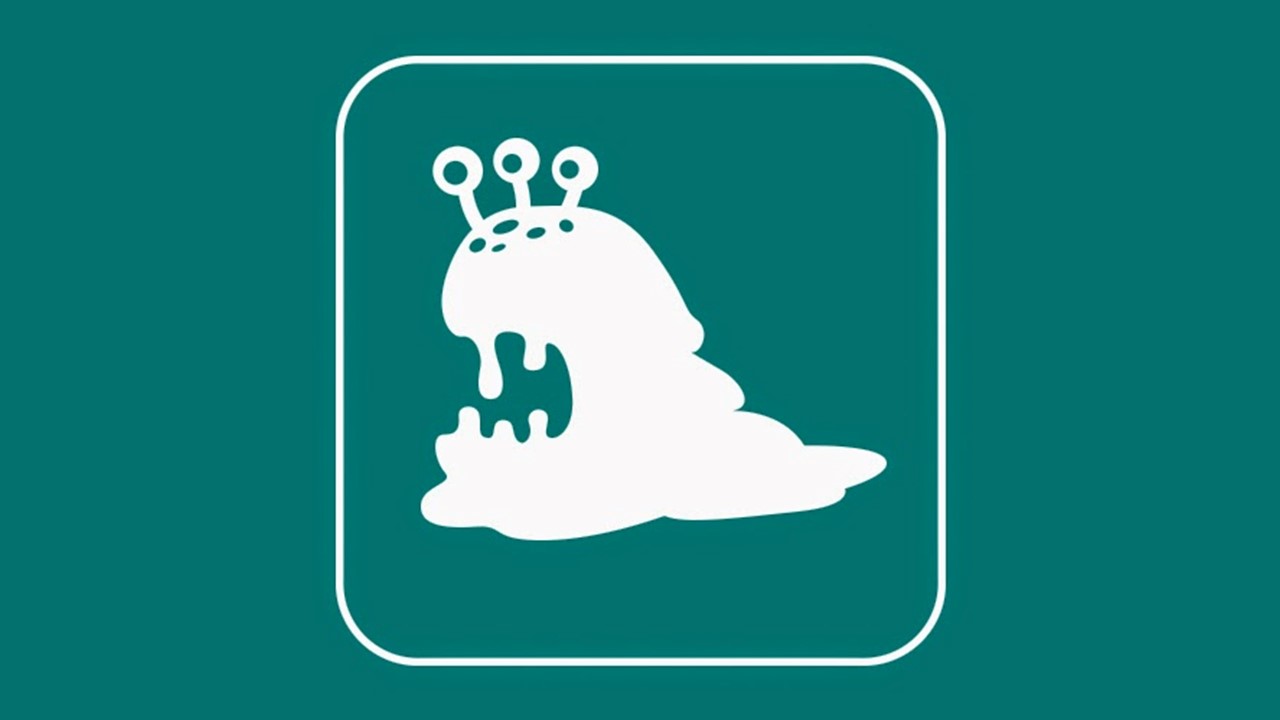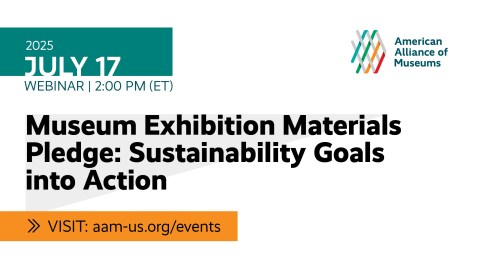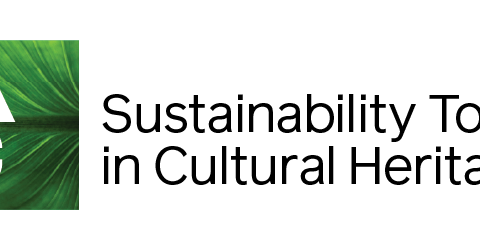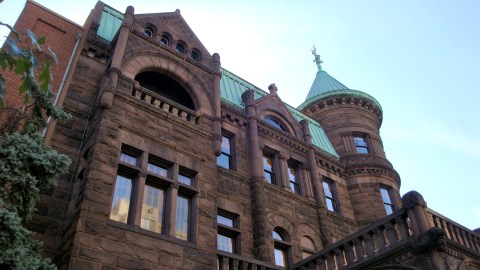
The recent kerfluffle about whether museums should be included in the federal stimulus bill was a depressing reminder of the narrow stereotypes into which museums force themselves in order to protect their access to public funding. For those of you who missed the drama: Senator Tom Coburn (R-Oklahoma) introduced an amendment that would have barred museums from receiving funding under the stimulus package, lumping them with frivolities such as casinos, golf courses, and swimming pools. While museums were removed from the final amendment, zoos and aquariums are still excluded from receiving funding—perhaps because they are way too much fun, more on that below.
One counterargument to Coburn’s amendment was the fact that museums are, in truth, major employers and generators of local tourism and business. But so are casinos and golf courses, for that matter. For museum advocates, the issue wasn’t just whether any or all of these organizations are economic drivers but whether they have some socially redeeming value, worthy of public support. In pushing back against the amendment, people reminded their elected representatives that museums (unlike casinos, pools and golf courses) are educational in nature. (Though I would counter that casinos offer an unparalleled lesson in statistics and probability, one that, alas, usually goes unlearned.)
Museums have been using the banner of education to defend our funding for decades. When I was researching the origin of the AAM Accreditation Program for the book National Standards and Best Practice for U.S. Museums, I was disillusioned to learn that a big motive for the “Excellence and Equity” movement in the early 1970s was, to put it simply, money. Prior to this time museums had been lumped, for government funding purposes, with recreational and entertainment organizations like theme parks. Museums battled hard to be reclassified as educational organizations in order to access the dollars being made available in the wake of Johnson’s “Great Society” movement. I am sure there was a deeply held philosophical underpinning as well, but the immediate spur for making the argument was the prospect of more money.
Not that money is a bad thing. But it invariably influences (some would say, corrupts) that which it touches, and it behooves us to be aware of the nature of that influence. Has this effort to be seen, and funded, as primarily educational organizations obscured some of the true nature of museums? Or discouraged us from doing other worthwhile things? Unless one stretches the definition of “education” to encompass any experience at all, it does not include many other roles filled by museums. For example, they provide moments of peace and contemplation, opportunities to connect with friends and family, and (gasp) the potential to have fun.
I think some of these other museum functions and behaviors are marginalized because museums are busy defending their self-identification as “educational.” And we speak as if the alternative to being “educational” is being “entertaining,” with the implication that the latter is a frivolous waste of money and time. The stereotype works both ways. My new friend Andrew Sacher was just telling me that in the entertainment industry, “education” is seen as a four-letter word—something that puts the kiss of death on a project aiming to be fun and popular. What a terrible dichotomy!
Bless our Puritan heritage, heaven forbid that learning in the United States should be fun. There is a small exception carved out for children—we call it “informal education” and that makes it ok to introduce some games, some playful element. But as soon as a person in the U.S. reaches the age of majority, learning is a serious business. It can involve books, or lectures, or long painful hours on your feet on marble floors reading exhibit labels. It shouldn’t involve running, or giggling, or being raunchy or overtly showing that you are having A Good Time. This goes a long way, I think, to explaining Nina Simon’s observation that museums rarely allow themselves to be funny, or opinionated, or sexy. We seem to have forgotten that, biologically speaking, the function of play is to help us learn. We are hard-wired to respond to “fun” by repeating an action (physical or mental) until it is mastered. If we want a nation of “life long learners,” then we need learning experiences for adults that continue to be fun and playful.
It also seems worth examining what socially uplifting functions museums serve other than education, instead of always trying to force ourselves into that role. After the terrorist attacks of 2001, many museums (especially botanic gardens!) noted a bump in visitation as people came seeking solace and a place for quiet contemplation. In the conversations following Dr. Jane McGonigal’s CFM lecture on Gaming the Future of Museums, some attendees disputed her thesis that the primary purpose of museums is, or should be, making people happy. But they listed as valid outcomes for museums many things that don’t explicitly educate people either. After the lecture, participants cited other emotions that museums might usefully provoke–awe or wonder, even sadness or grief. So museums can be engineered to evoke particular emotions that enhance personal and spiritual development—isn’t that a useful and desirable role for a public institution? Research by Reach Advisors uncovers other hidden motivators as well—the desire of parents to be good role models for their children, for example, and the wish to resume the pursuit of childhood passions.
Yet another valid question is: what does our audience (or potential audience) want? As Reach Advisors has documented in their research and commented on in Museums & Society 2034: Trends and Potential Futures, the next generation wants to “curate” their own lives. They don’t want a museum, or anyone else, to do it for them. To meet this expectation, a museum could become a platform that enables users to access the museum’s resources to their own creative ends. Will that trump the role of museum as a traditional educator and authority figure? We may be approaching a cultural shift from museums as educators of the masses to museums as facilitators of the exchange of information and points of view. In this future, museums might play a smaller role as arbiters of what is true or correct, and a larger role as catalysts for conversation.
I know that this forecast drives many museum people absolutely nuts, as it undermines our traditional role as scholars, experts, and connoisseurs, but maybe it’s time to stop forcing museums into narrow and constraining categories. Let’s stop arguing about whether museums are all “educational” by nature, and explore the boundaries of everything they can and should be to help people, and society, fulfill their greatest potential.









A factual correction–I believe it is zoos and AQUARIUMS, not BOTANIC GARDENS, which are excluded from receiving funding. Otherwise terrific food for thought.
You are quite correct–it is aquariums. Thank you for the correction.
EM
I’ve always thought that the primary purpose of museums was to look after collections. But how you choose to make those collections accessible and how you promote that accessibility, whether through exhibits, educational programs, or just plain fun, is an issue for individual museums to address. I was sceptical when AMNH opened an ice rink this winter; it was primarily seen as a money-making exercise and it turned out not to be successful for a number of reasons. But at some point you have to wonder whether something that brings people through the doors of your museum is bad just because it serves no educational purpose.
As a former educator, I always found the integration of ‘fun’ critical the success of most programs. However, I also learned to shudder every time that term ‘fun’ came up. ‘Fun’ has no good workable definition – what is fun for you may not be for me – so an activity cannot be labeled (or marketed) as inherently ‘fun.’
It also often came from people looking for a hook or budgetary justification .. is it ‘fun’ enough, is it ‘fun for kids’ (never, I might add did anyone ask if it was fun for adults).
To me, making an activity ‘fun’ (ok now the word is starting to loose all meaning even when typing) is to capture the imagination (what if? can I? how does?) and to promote intellectual *and* emotional engagement – whether it is triumph in solving a challenge, amazement at another’s achievements, overcoming initial revulsion to a sense of wonder [snakes were good for this].
To me, seeking the ‘fun factor’ or even the ‘wow’ (yeesh), by adding to a program or exhibit [flashing lights, goofy hats, even food] was a lazy (is that too harsh a word?) way to approach the challenge of creating an experience that touches its participants and leaves a lasting memory, as often such efforts are not connected to the meat of the experience. The exceptions to this are well known, I suspect and live in many of our own memories as success stories.
@Chris – I might argue that the primary purpose of museums is not to look after collections for their own sakes, or to create educational experiences – but to connect people to their environments (social, cultural, natural, physical) including each other. That museums have collections to achieve this goal is often what makes the experience at one unique from another, and makes it worthwhile to have thousands of museums instead of a few. Feel free to disagree. =)
Karen